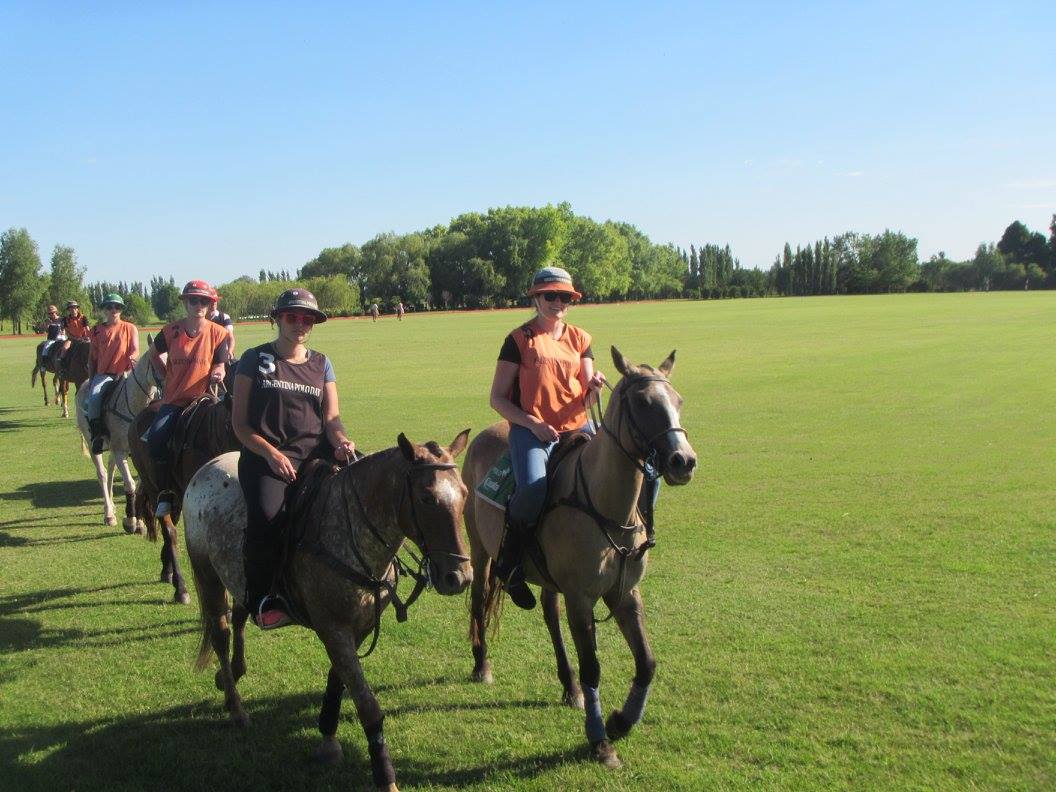Sitting on a horse is just sitting right? Not really. There’s a huge difference between being a rider and being a passenger. Staying on and controlling a horse requires the same sort of body control that many other sports require—like ballroom dancing, martial arts, downhill skiing and others. You need to learn how to use your body and balance to make your ride more comfortable and safe, and easier for your horse.
Loose and Flat Hands
It’s common for new riders to either let the reins slide through their fingers and their hands to be flat. This happens because they allow their hands to become flat and their fingers open.
Remember to close your fingers on the reins, some will say with the same pressure you’d hold a babychick, and keep your thumbs up. Flat hands make it more difficult to give effective rein aids and holding the reins too loose means your horse can easily pull them through your fingers.
Heel Position
“Heels down” is something most beginner riderswill hear frequently from their coach. Heels tend to float up or get rammed down. Either problem will stiffen your leg and puts them out of position to cue your horse. Because your leg will be out of position, your body will compensate, throwing you out of a safe, centered seat. Here’s why you need to learn how to relax your leg and keep your heels down.
Stiff Elbows
Your elbows should always remain at your side while you ride. Keeping your elbows straight and stiff affects your Balance and ability to effectively cue your horse.
At our Polo Day program you will learn how to ride polo horses and play polo!




